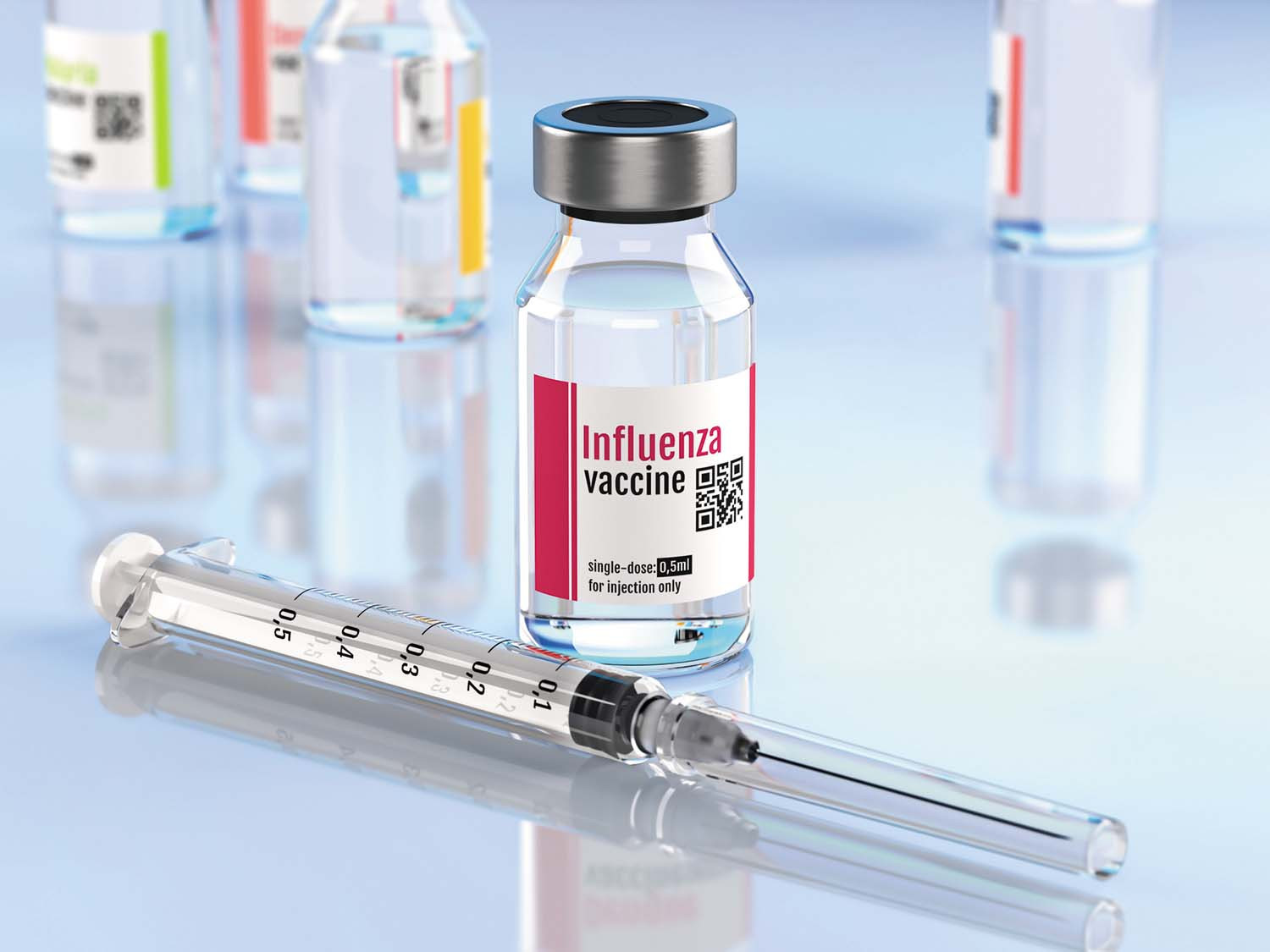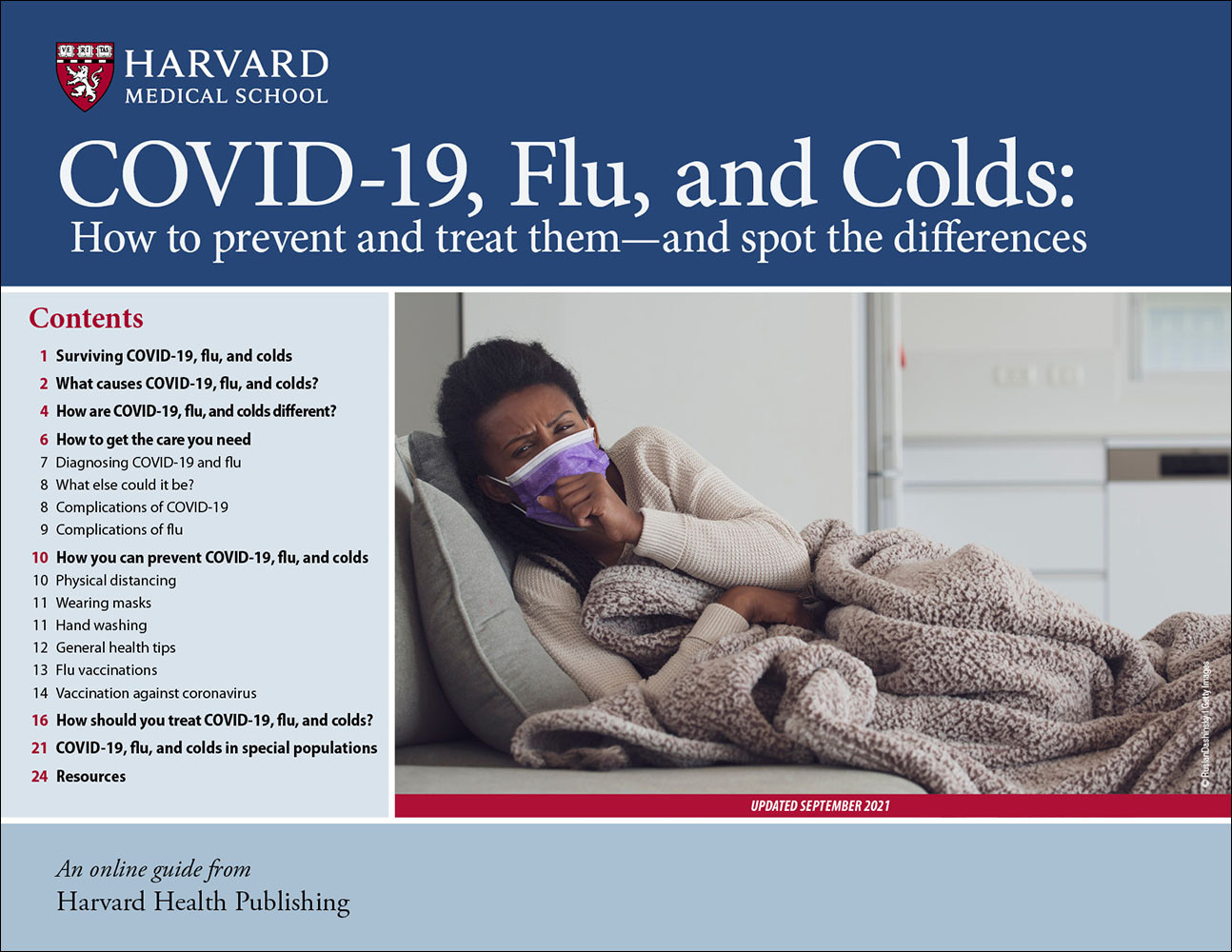When will we see a "one-and-done" flu shot?
Ask the doctor

Q. Why can't we get just one flu shot that protects us for a lifetime?
A. Many scientists are working to develop improved influenza (flu) vaccines. Our current vaccines are imperfect, but they still protect us.
The flu is much more serious than the common cold: globally, 300,000 to 500,000 people die from the flu each year — most of them unvaccinated. In the worst flu pandemic, 50 million to 100 million people died. Our current, imperfect flu vaccines saved 40,000 lives in the United States alone between 2004 and 2014. Imperfect protection is much better than no protection.
The perfect flu vaccine would protect against all different strains of the flu virus. A virus has a shape, with different parts. The parts of the virus that traditional vaccines attack are constantly changing, generating new strains. That's why a new flu shot is needed each year. Fortunately, scientists are finally having some success building vaccines that attack the parts of the virus that don't change — the "conserved" parts. A vaccine that targeted the conserved parts could theoretically protect against all strains of the flu virus, past and future.
A perfect vaccine also would prevent any symptoms. Our current flu vaccines don't guarantee you won't get the flu, but they do lessen symptom severity and are quite good at preventing hospitalization and death. One reason they are only partially effective is that with current technologies it takes at least six months to manufacture the vaccine. That means scientists must decide each winter which strains of the virus will be circulating eight to 10 months later when the next flu season begins. Unfortunately, sometimes the virus fools us: the strains that are circulating in the winter are replaced by other strains before the next flu season arrives. Scientists are working on new types of vaccines that can be produced much more quickly, such as the extremely successful mRNA vaccines developed for COVID-19.
Finally, a perfect flu shot also would offer protection for a lifetime. A special kind of mRNA vaccine is in development that would cause the body to keep attacking the virus for a long time, if not a lifetime.
Although the COVID pandemic led to a greater investment in vaccines against the flu and other viruses, in my opinion the investment still is not great enough, given the potential return from investing in vaccines. For example, in the United States alone, by early 2023 COVID vaccines had prevented 19 million hospitalizations and over three million deaths, saving the economy $1.2 trillion. It cost only a small fraction of that to develop the vaccines.
Will we ever see a perfect flu vaccine? Probably not in my lifetime or yours. But we almost surely will see improved, less imperfect, vaccines. And, to repeat myself, imperfect protection is very much better than no protection.
Image: © Sergii Iaremenko/Science Photo Library/Getty Images
About the Author

Anthony L. Komaroff, MD, Editor in Chief, Harvard Health Letter; Editorial Advisory Board Member, Harvard Health Publishing
Disclaimer:
As a service to our readers, Harvard Health Publishing provides access to our library of archived content. Please note the date of last review or update on all articles.
No content on this site, regardless of date, should ever be used as a substitute for direct medical advice from your doctor or other qualified clinician.
















